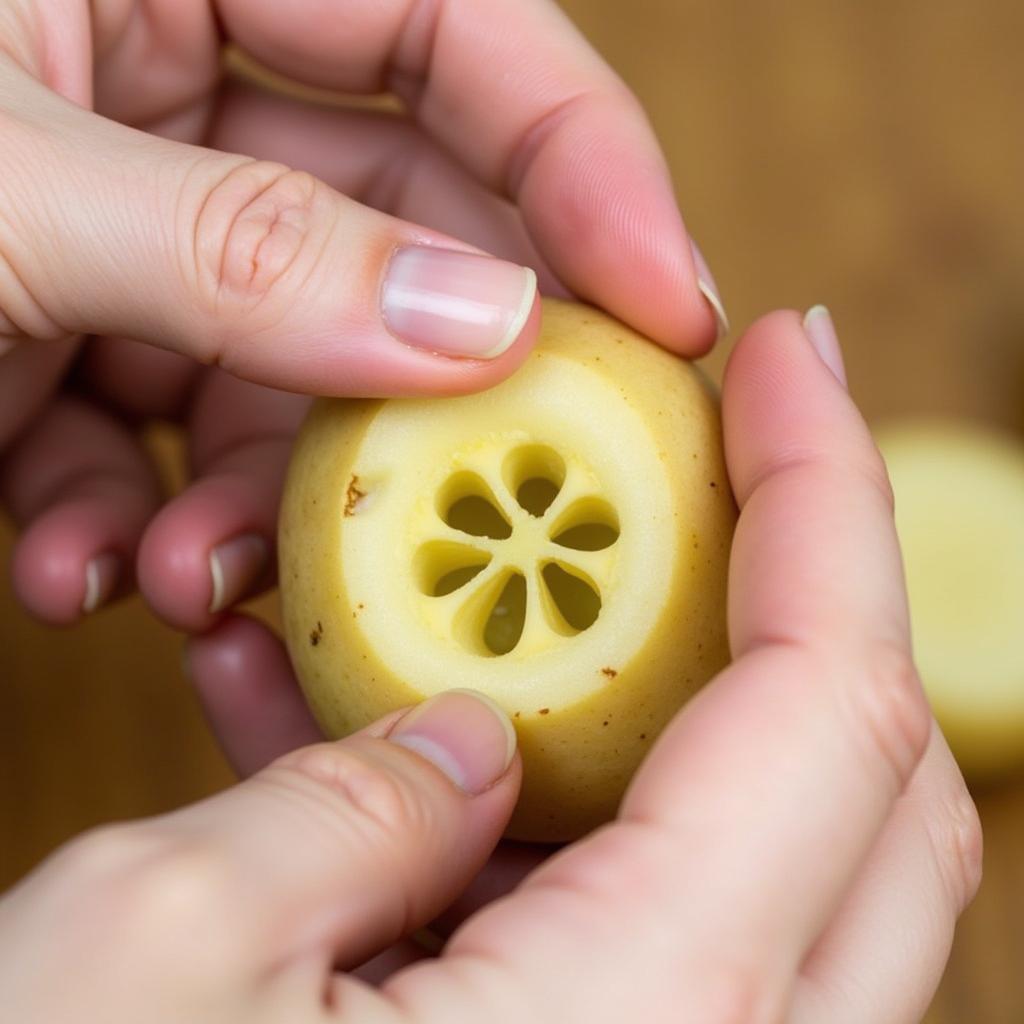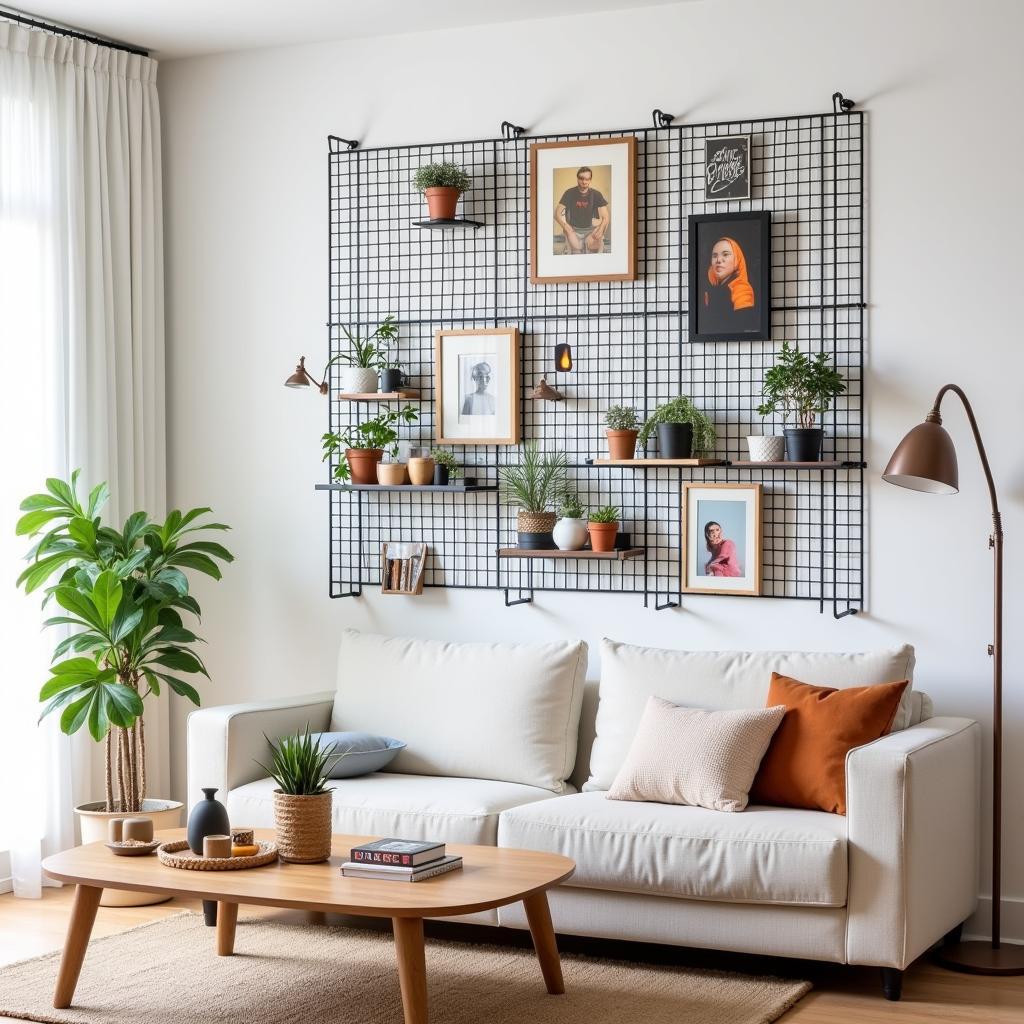Automotive Art Paint: Unleashing Creativity on Canvas and Metal
Automotive Art Paint isn’t just about fixing scratches. It’s a vibrant medium transforming vehicles into rolling canvases, blurring the lines between functionality and fine art. From classic car restorations to custom airbrushing, the world of automotive art paint offers a diverse palette for creative expression.
If you’re looking to add a unique touch to your ride or explore a new artistic avenue, understanding the nuances of automotive art paint is crucial. Whether you’re a seasoned artist or a curious beginner, this guide will delve into the exciting realm of automotive art, exploring various techniques, materials, and the limitless possibilities they offer. Ready to transform your vehicle into a masterpiece? Let’s dive in.
For example, you can check out some amazing Porsche 911 wall art for inspiration.
Exploring the Spectrum of Automotive Art Paint
Automotive art paint encompasses a vast range of techniques, each with its own distinct style and application. From traditional pinstriping to modern hydro dipping, the possibilities are as varied as the vehicles themselves. Let’s explore some of the most popular techniques:
- Pinstriping: This classic technique involves applying thin lines of paint to create intricate designs, often featuring scrolls, flames, and other decorative elements. It requires a steady hand and specialized brushes, adding a touch of vintage charm to any vehicle.
- Airbrushing: This versatile technique uses compressed air to spray paint onto a surface, creating gradients, shadows, and highly detailed images. Airbrushing allows for incredible precision and control, making it ideal for realistic portraits, landscapes, and abstract designs.
- Custom Painting: This broad term encompasses a wide array of techniques, including murals, flames, and graphic designs. Custom painting allows for complete personalization, transforming a vehicle into a unique reflection of the owner’s personality and interests.
- Hydro Dipping: This innovative technique involves transferring a printed image onto a three-dimensional surface by dipping it into a tank of water. It allows for intricate and complex designs to be applied to various parts of a vehicle, creating a truly unique and eye-catching finish.
Choosing the Right Automotive Art Paint
The success of any automotive art project hinges on selecting the right paint. There’s a vast array of paints formulated specifically for automotive applications, each with its own unique properties:
- Urethane Paints: These durable and versatile paints are a popular choice for overall vehicle painting and custom work. They offer excellent gloss and color retention, providing a long-lasting finish.
- Acrylic Lacquer: Known for its fast drying time and ease of application, acrylic lacquer is often preferred for pinstriping and detail work. It offers a brilliant shine but can be less durable than urethane paints.
- Specialty Paints: For unique effects like chrome, candy, or pearl finishes, specialty paints are the way to go. These paints add a touch of flair and individuality to any automotive art project.
Understanding the characteristics of each paint type is essential for achieving the desired results.
Do you want to spice up your garage? Consider looking at some art for garage wall.
Prepping the Canvas: Essential Steps for Automotive Painting
Proper surface preparation is paramount for a flawless and long-lasting finish. Neglecting this crucial step can lead to paint adhesion problems, peeling, and an uneven surface. Here are the essential steps:
- Cleaning: Thoroughly wash and degrease the surface to remove dirt, grime, and any contaminants that could interfere with paint adhesion.
- Sanding: Sanding the surface creates a smooth, even base for the paint to adhere to. Use the appropriate grit sandpaper for the specific paint type and surface condition.
- Priming: Applying a primer coat seals the surface and provides a uniform base for the topcoat, ensuring even color and coverage.
- Masking: Carefully mask off any areas that you don’t want to be painted, protecting trim, windows, and other components.
You might also be interested in Ed Roth original art for sale.
Mastering the Art of Automotive Painting: Tips and Tricks
While automotive painting requires skill and practice, these tips and tricks can help you achieve professional-looking results:
- Thin Coats: Apply multiple thin coats of paint rather than one thick coat to prevent runs and drips. Allow each coat to dry completely before applying the next.
- Controlled Environment: Paint in a well-ventilated area free from dust and debris. Maintaining a consistent temperature and humidity is also crucial for optimal paint curing.
- Practice Makes Perfect: Before tackling a large project, practice your techniques on scrap metal or other surfaces to hone your skills and gain confidence.
“A well-prepped surface is the foundation of a successful paint job,” emphasizes renowned automotive artist, Amelia Carter. “Take your time and pay attention to detail during the preparation phase to ensure a flawless finish.”
Protecting Your Masterpiece: Automotive Paint Care
Once your automotive art is complete, proper care is essential to maintain its beauty and longevity. Regular washing, waxing, and avoiding harsh chemicals will help preserve the vibrant colors and protect the finish from the elements.
“Investing in high-quality automotive paint and following proper care procedures will keep your artwork looking its best for years to come,” advises David Miller, a veteran in the automotive art scene.
Looking for something completely different? Check out some Detroit Red Wings art. Or perhaps something more personal? Consider handprint art for Father’s Day.
Conclusion
Automotive art paint offers a unique and exciting way to express creativity and personalize your vehicle. By understanding the various techniques, materials, and proper preparation methods, you can transform your ride into a rolling work of art. So, grab your brushes, fire up your airbrush, and unleash your artistic vision onto the automotive canvas!
FAQ
-
What type of paint is best for automotive art?
Urethane and acrylic lacquer are commonly used, with urethane offering greater durability. -
Do I need to prime the surface before painting?
Yes, priming is crucial for proper paint adhesion and a smooth, even finish. -
How can I prevent runs and drips when painting?
Apply multiple thin coats, allowing each coat to dry completely before applying the next. -
What is hydro dipping?
A technique that transfers a printed image onto a 3D surface by dipping it into water. -
How can I protect my automotive artwork?
Regular washing, waxing, and avoiding harsh chemicals will help preserve the finish. -
Where can I find inspiration for automotive art designs?
Online galleries, car shows, and automotive art magazines are great resources. -
What are some common automotive art techniques?
Pinstriping, airbrushing, custom painting, and hydro dipping are popular choices.
For assistance, please contact us: Phone: 02462573573, Email: [email protected] or visit us at: Savico Megamall, 7-9 Đ. Nguyễn Văn Linh, Gia Thụy, Long Biên, Hà Nội 10000, Việt Nam. We have a 24/7 customer support team.



